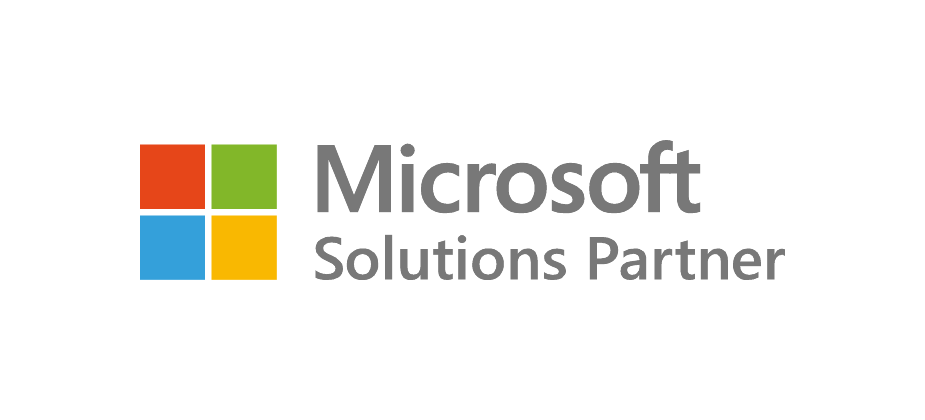You have too many apps
Ever stopped to count how many different applications are used within your organisation? It’s surprising how quickly things can get out of hand. What can be even more enlightening, is how many of those apps provide the same services.
The advent of cloud computing, and particularly software-as-a-service (SaaS) products being so readily available, many teams within organisations purchase and implement their own solutions without necessarily going through the IT team to do so. In many ways, IT managers are to blame, for not responding quickly to the demands of other teams, by not keeping up with technology and by failing to engage with the business on a strategic level.
Of course, these are generalisations, but for many, IT has simply failed to add value. The proliferation of apps is the outcome of “shadow IT.”
The Problem
Lots of apps could mean lots of productivity, or it could mean lots of disparate systems that don’t integrate well, are poorly implemented with little end user training and result in information silos across the organisation.
Do you ever hear from users making comments such as these:
- I don’t know where to find that file
- I wish I could access that system remotely
- Do I have to enter that same data in another system again?
- I didn’t know we had that software
- I can solve that problem if we just buy another app
Solutions
The first step in addressing these issues, is to complete a software inventory. What software do we currently have? This can be a significantly more complication question that it may first appear. While a list of software applications are being put together, it may be helpful to include some other information such as:
- Application owner – who really understands what this software is and how we use it?
- Vendor name and contact details
- Support arrangements
- Available training for this app
- Version and licence details
Remember to include mobile apps used on smartphones and tablets, as well as SaaS apps that aren’t installed on desktop computers, but accessed via a browser. It might seem that these are out of reach of IT being able to identify these, but there is software available to do so (yes, another app)!
With a complete list of all applications, it may be helpful to categorise these into:
- Local installations
- Server installations
- Cloud installations – infrastructure as a service (IaaS)
- Cloud installations – platform as a service (PaaS)
- Cloud installations – software as a service (SaaS)
This will provide an overview as to the level of cloud maturity.
The Big Decisions
When considering the future of apps in your organisation, key decisions to make are whether to build or buy, and to what extent should we invest in ‘best of breed’ applications vs a ‘platform’.
A platform play may not solve every problem, but it can dramatically reduce the costs and complexity associated with integration. And the only thing worse than costly integration, and no integration at all.
Silos of information, manual processes and duplicate data entry are the signposts of the ‘best of breed approach.’
By investing in a platform, that includes the majority of applications used, organisations can dramatically reduce the complexity in their systems, automate business workflows across applications and avoid custom integration costs and heartaches.
Moving from on-premise infrastructure, through datacentres and IaaS clouds to the holy grail of SaaS applications, can eliminate much of the tedious and expensive maintenance of servers and back end technology resources to allow IT teams to focus on working with the business to innovate, add value and be a strategic partner for the organisation.



